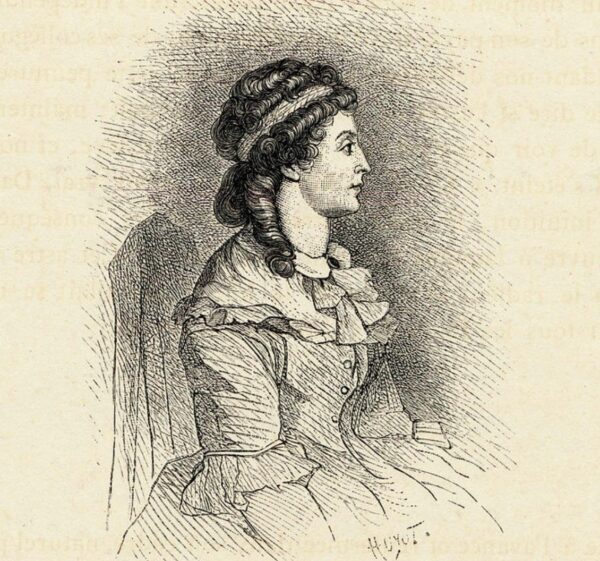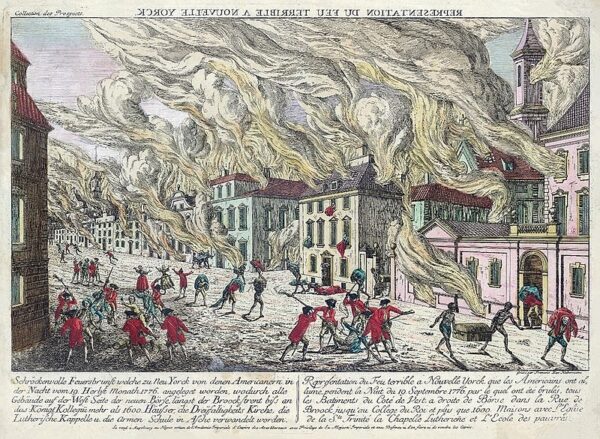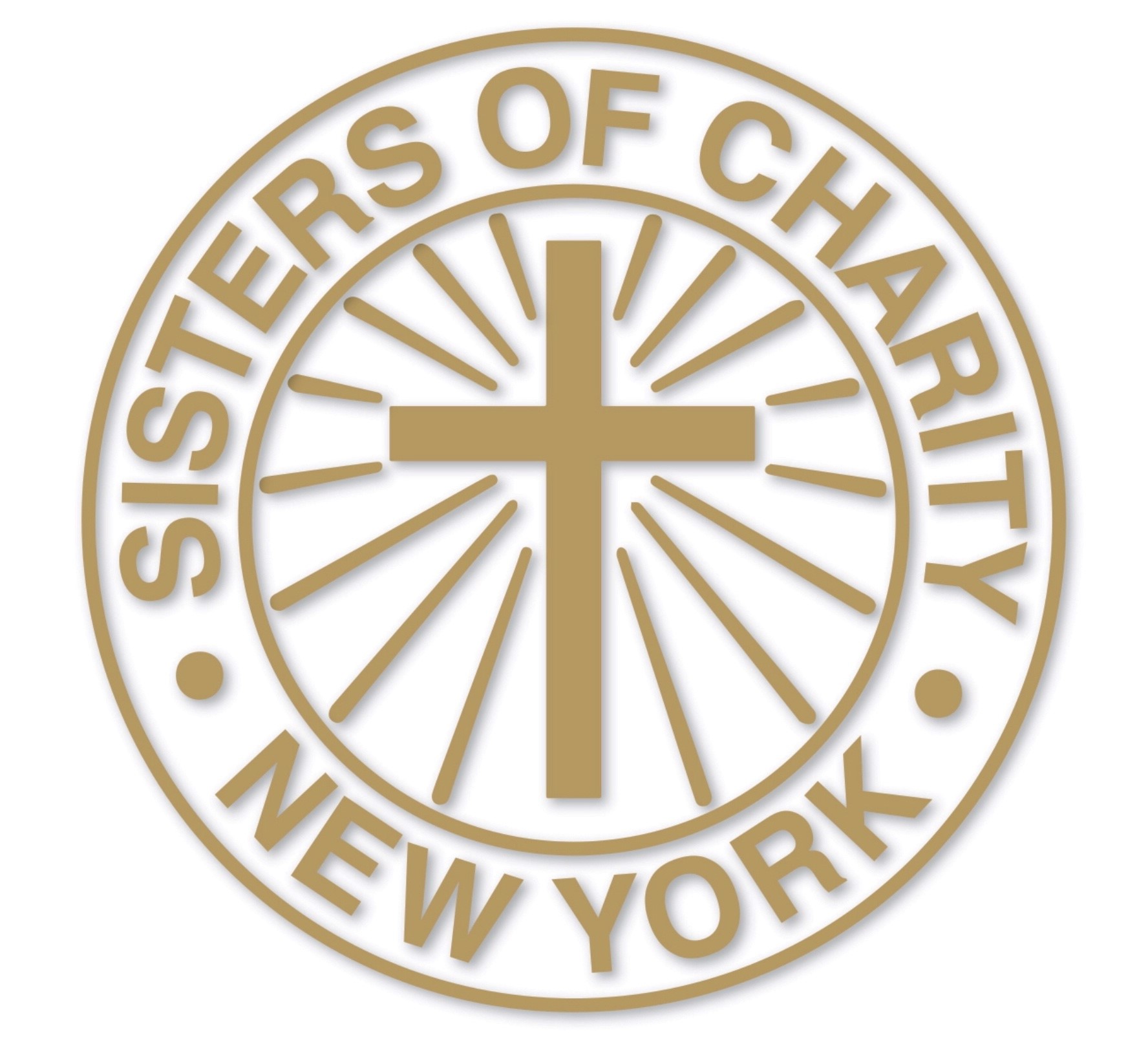
By Sr. Regina Bechtle, originally published in the Summer 2024 issue of Vision Magazine.
August 28, 1774: The weather forecast was “Clear but turning Warm. Wind Southerly.” Somewhere in New York City, young doctor Richard Bayley and his wife Catherine Charlton Bayley, daughter of an Anglican pastor, welcomed their second child, Elizabeth Ann Bayley.
Two hundred fifty years later – August 28, 2024, Catholics around the globe will mark a milestone birthday of that child who became the first person born in the United States to be canonized a saint: St. Elizabeth Ann Bayley Seton.
What was New York like at the time of Elizabeth’s birth?
A Child of Wartime: New York in the last quarter of the 18th century was anything but tranquil. Young Betsy Bayley was born into a city in ferment, on the brink of the American revolution that soon erupted. Elizabeth was only two years old when the colonies declared their independence and the British captured the city.
Her father who had returned from a sojourn studying in London was then a doctor with British troops in Rhode Island. For safety, her mother fled to the home of her brother, Dr. John Charlton, on Long Island, with Elizabeth and her sister Mary Magdalen. Sadly, in 1777 her mother died giving birth to another girl.
Elizabeth lived through a fire that destroyed much of the city in 1776 (including Trinity Church that held her baptismal record). She grew up in a city occupied by British troops until 1783.

Diverse but not Equal: Even then, the bustling city was a kaleidoscope of diverse cultures and races. When St. Peter’s, the first Catholic church in New York State, was dedicated in 1785, its small flock of about 300 Catholics were mostly Irish and French, but with a smattering of Germans, Spanish and Portuguese. Many enslaved people as well as free Blacks lived in the city in 1776 – approximately three thousand enslaved people, more than any other northern city or colony. Slavery was not legally prohibited in New York until 1827. Even after that, the American Revolution’s hard-won freedom did not extend to all.
When Elizabeth was born, the city’s population was around 20,000. By the time she died just over forty-six years later, an ever-growing influx of immigrants would boost that number to over 100,000 in New York City alone.
Defined by Water: Seton biographer Catherine O’Donnell describes New York as “a city made by empire and defined by water.” (Three Hills Press, 2018, p.11)
Elizabeth’s father was a doctor focused on combatting the diseases and fevers that plagued a crowded city of rivers, streams and swamps. Doctor Bayley was dedicated to research as well as to practice; he wrote a treatise on yellow fever and also studied croup and strep throat. As the first public health officer of New York, he established a quarantine station on Staten Island, out of concern for treating sick immigrants crowded onto ships arriving from Europe and preventing transmission of disease.
Like most other cities of the time, New York was also filthy. Clean water was at a premium. The combination of rotting refuse, fish markets, animals running loose, and too many people in too little space created a distinctively unpleasant odor.
A World Citizen: By 1817, Elizabeth Seton had lost a husband and two children, become a Catholic, left New York, moved to Maryland, and begun the first community of non-cloistered women religious founded in the United States. In that same year Elizabeth Seton would send three women from her young community of Sisters of Charity to open an orphanage back in New York, her “native city.” From those tiny mustard seeds planted in Emmitsburg, New York and elsewhere would grow sturdy women of Charity. Communities would grow, flourish and minister in all parts of the globe: North and South America, Europe, Asia, Africa.
St. Elizabeth Seton once proclaimed herself a “citizen of the world.” What may have been a tongue-in-cheek remark will certainly prove true this August 28 when her friends and followers around the globe will celebrate her 250th birthday with great joy and thanksgiving.

Beautiful story. Thank you